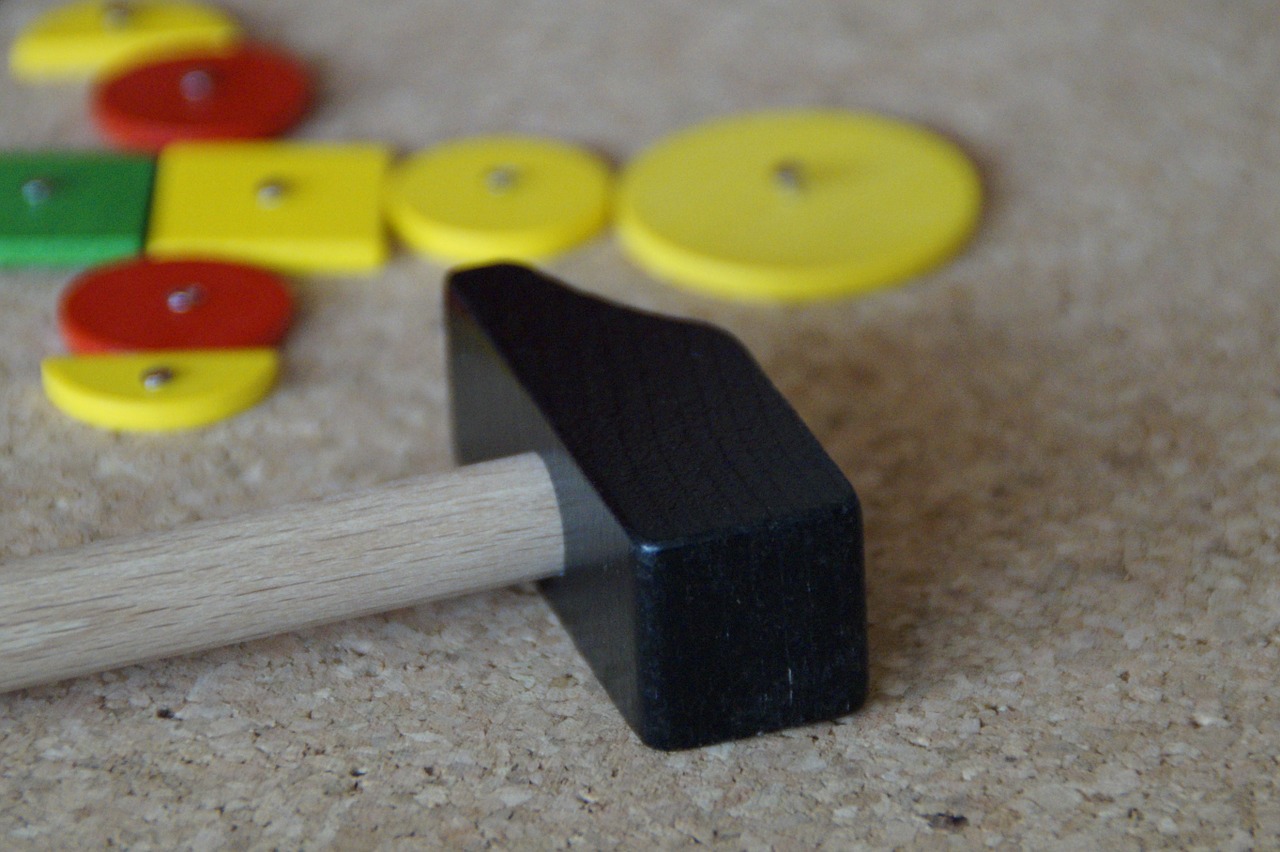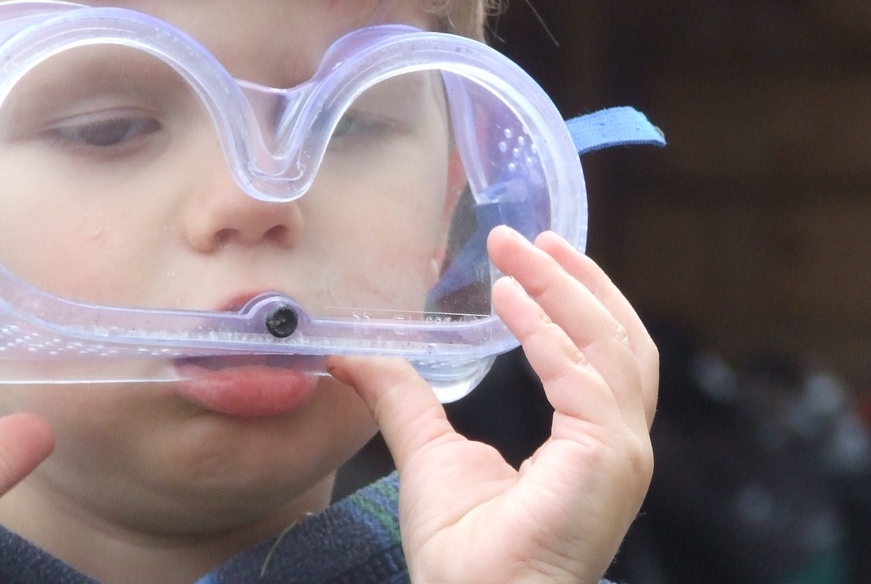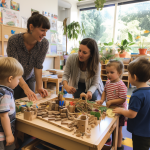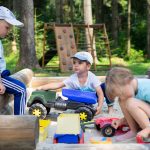What are your views on early years settings offering children real tools for risky play?
The idea of risky play is a much debated topic within the early years. Whilst some people feel it is dangerous for young children to access tools such as hammers and saws, more and more nurseries are promoting risky play. Nurseries across the country are beginning to introduce carpenters tools and work benches into the everyday resources for the children to access and explore. It has been suggested that children who are given the opportunity to experience ‘real life’ situations and equipment, will in turn learn about the importance of safety and strengthen their ability to manipulate particular tools and equipment. However some people still believe that exposing children to dangerous, sharp and possibly harmful tools can pose a serious risk to a child’s health and safety.
‘Risky play’ furthers learning experiences
Offering the children the opportunity to experience ‘real tools’ can enhance their physical skills, whilst supporting their self confidence and self esteem.
Kevin Harcombe, author of ‘Risky play’ believes there are many benefits to a child using real tools. He believes it can promote children’s self-regulation and self-control as the consequences of misusing are very personal to the child.
“The children can achieve something. If they only ever use light plastic tools, not only will the skill of using them not develop, when they get their hands on real tools later on they will not have the understanding of consequence to limit themselves.”
For settings that have already implemented risky play with real tools, the children’s skills including communication, co-ordination and fine and gross motor development, have been substantially improved. Boys in particular seem to react well with risky play, showing better concentration for longer periods of time when accessing the tools.
Giving the children the opportunity to practise using the tools can in turn benefit their writing skills, by developing precise fine motor skills.
‘Risky play’ provides opportunities to explore boundaries
Alongside developing and strengthening a child’s development, using real tools and exposure to risky play situations can also support children in exploring their boundaries. Encouraging children to self risk assess can teach them about safety and consequences in using the tools properly. It is a good idea to offer safety clothing such as safety goggles and gloves alongside the tools to help children understand what precautions can be taken to eliminate risks.
There are many risks in the world around us and it is important for children to be aware of these, and learn how to manage these. Practitioners who have introduced the real tools in to the children’s environments will be vigilant and prepare in depth risk assessments to ensure the children are not in danger of harming themselves or others whilst practising with the tools.
Children are able to learn about cause and effect through risky play experiences, by observing the effects the tools can have on particular materials. This will support their problem solving and logical thinking whilst offering a ‘real life’ experience.
Plastic toys leave little room for imagination
Role play experiences allow children to act out scenarios that they have observed from adults around them, however the use of plastic toys gives them little opportunity for realistic play.
Real tools are far more interesting to young children, offering them a sense of accomplishment and enthusiasm for constructing, building, engineering, and creating.
In a risk-averse society, it is important not to deny young children the opportunity to experiment with their surroundings using real tools.
Please share your views on risky play on our Facebook page.





You moan about cutting grapes in half but let them play with real screwdrivers? What if a child stabs another or they fall onto the screwdriver and severely hurts themselves or drop the hammer and break their foot, then who is to blame? What a total nonsense and ‘more risks than good’ suggestion. being confident and self-controlled is developed as part of a healthy home life, nit by handling bloody tools. I definitely oppose this and will not allow my child to touch or be near other kids with real tools.
You do not think of the danger aspect of it kids should NOT play with tools as all it takes is one child to hit another with hammer ect or worse
I’m in a Reception class. We don’t have saws and hammers but we’re thinking about it. We do have screwdrivers and pliers as part of an electrical exploration / fixing table and the children love that. They have, on occasion, cut themselves but not badly and it teaches them to be careful. I have to say I do worry that, for all the positive experiences, it might encourage the children to approach and use real equipment outside school, which might not be safe. They may develop a false sense of their ability to use ‘real tools’ and fix electrical equipment.